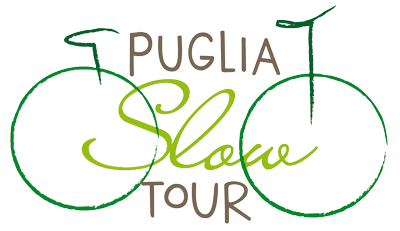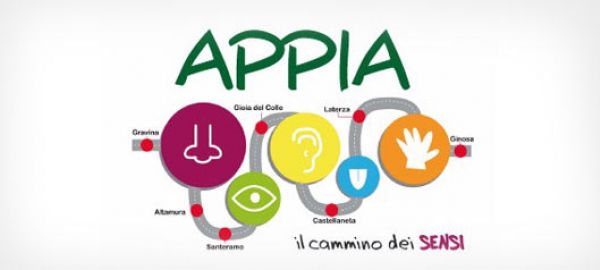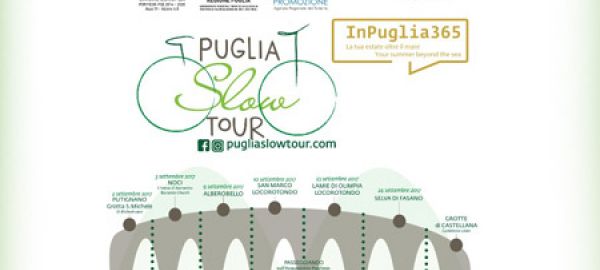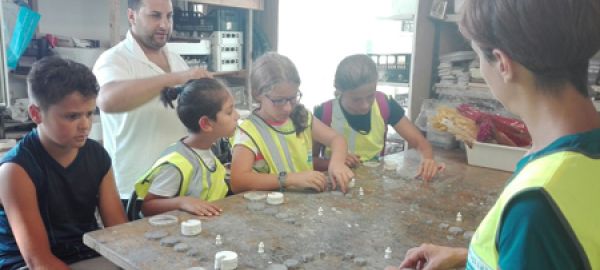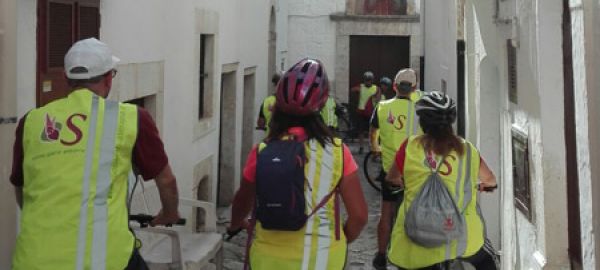Fourth Step PugliaSlowTour: San Marco - Aqp - Vitamara - Cocolicchio
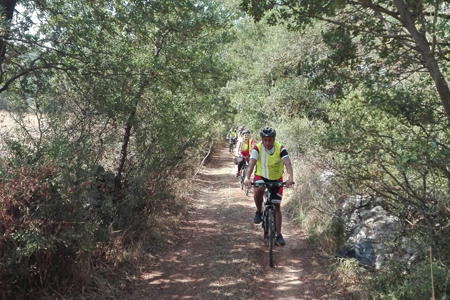
It's Sunday morning, San Marco is awake already at 9 o'clock: there is Mass in the new Church! As the ladies dress up with the beautiful sundown dress, we are ready with our fancied boobs, our helmets and our biking boots. Everyone in the saddle, we face a steep descent through the wind in the hair, leading straight to Cupa and the first yellow and black gate of the APP. We overcome it laterally and enter into a straight stretch that, after some pedalos, between oaks, figs and dunes, leads us to the Relais the Palmento. This is indeed an area of innumerable trulli that alternate between a vineyard and the other: we are at the heart of the Locorotondo DOP. Let's resume the way of the QPP and literally jog on the water.
After a dense vegetation suddenly opens a wonderful panorama: it is the Pirro Canal, where, alas for him, Pirro has never set foot. The Canale is in fact a karstic plain, the riverbed of the ancient Cana River that originated from Monte Sannace and ran until reaching the olive grove of Fasano and Torre Canne, where it flowed. Here are innumerable piles, tubs dug into the rock where the meteoric water was collected, very good for the vegetable garden and to water the animals. Then for a phonetic error of labia, from Pile Channel has become Pyrrhus Channel Its orogenesis has made this "valley" to be one of the most fertile areas of the whole of Puglia. Thanks to the presence of silt, here is a flourishing agriculture: Cherries, arable land, ortalite and vineyards are followed by a patchwork worthy of an artist.
Here is the home of Verdeca, it is here that you continue to produce the seeds of Pomodoro Regina that are then moved to the coast because the berries become softer and turgid for the Ramasola, here is the birth of and continues the lucky story of the Barattiere , a small melon that is still picky and can never be missed in the summer on the boards of the phasanese, to accompany the pasta with tomatoes or as the main ingredient of the "cialledda". Looking at these handkerchiefs of earth, yellow browns or an intense green depending on the crops, the gaze sits on a strange tower on the top of the hill in front of us. It is the Fasano Forest and that tower is the so-called "Minaret" or rather the eclectic villa of Don Damaso Bianchi, who in the early twentieth century of that marvelous dwelling wanted to make a lighthouse of cultures in a totally ecumenical spirit. We resume pedaling past other gavels of the APP, until we reach Monte Tondo: we are on Cecca Bridge!
It is the highest bridge of 15 million km of water network that from Capo Sele since 1915 gives us Apulian, to Santa Maria di Leuca, the much desired water. But why is it called Cecca bridge? Who is this Cecca? Someone tells me it was a girl, mysteriously dead, who was seen at night in the form of a ghost on the bridge, who had the courage to go into the darkness, perhaps to find the much-eared treasure of the brigands. How many fascinating stories ... well, in fact, that's really a very beautiful and mysterious place! Photo of rite and fly in the true sense of the word to the Pyrrhus Canal. We walk among beautiful vineyards and farms. We reach Vitamara, where we find nothing but bitter. And here's finally Cocolicchio and his most ancient trulli. There are the lights: the feast is in honor of the Madonna of the Addolorata, which is called the only little church present, the fulcrum of the small cocolicchian community made up of about 300 souls. Before we even see the church from the inside, we all flock to the original fountain framed by a curious bow ... "of triumph." By now it is 13:00 and comes with its wonderful Comasia smile. It brings us good things: panzerotti at will to accompany you with an excellent local white wine.
We sit on the square of the district, among the trulli, and how to say about these parts "and that you eat !?". Finally, Comasia had also prepared two fruit tarts on which she had placed, as a true star-chef, figs collected the same morning. They are now at 2:30 pm and two little ones arrive on their bikes: Angelo and Luisandro, two brothers, Cocolicchiani doc. They have 8 bowls and a bowl with them and then we take advantage of them to play together with the "national" game of Cocolicchio. In the back of the church there is a bowling alley where every summer are organized some of the following tournaments.
The most experienced among us are of course the two brothers who teach us so much patience about the rules of the game. Two minutes to organize ourselves in pairs and the challenge begins. With puffy jokes, couples are confident with the "secrets" of the camp, but the strongest are them: the lovely Tommy and Annamaria of Adelfia!


